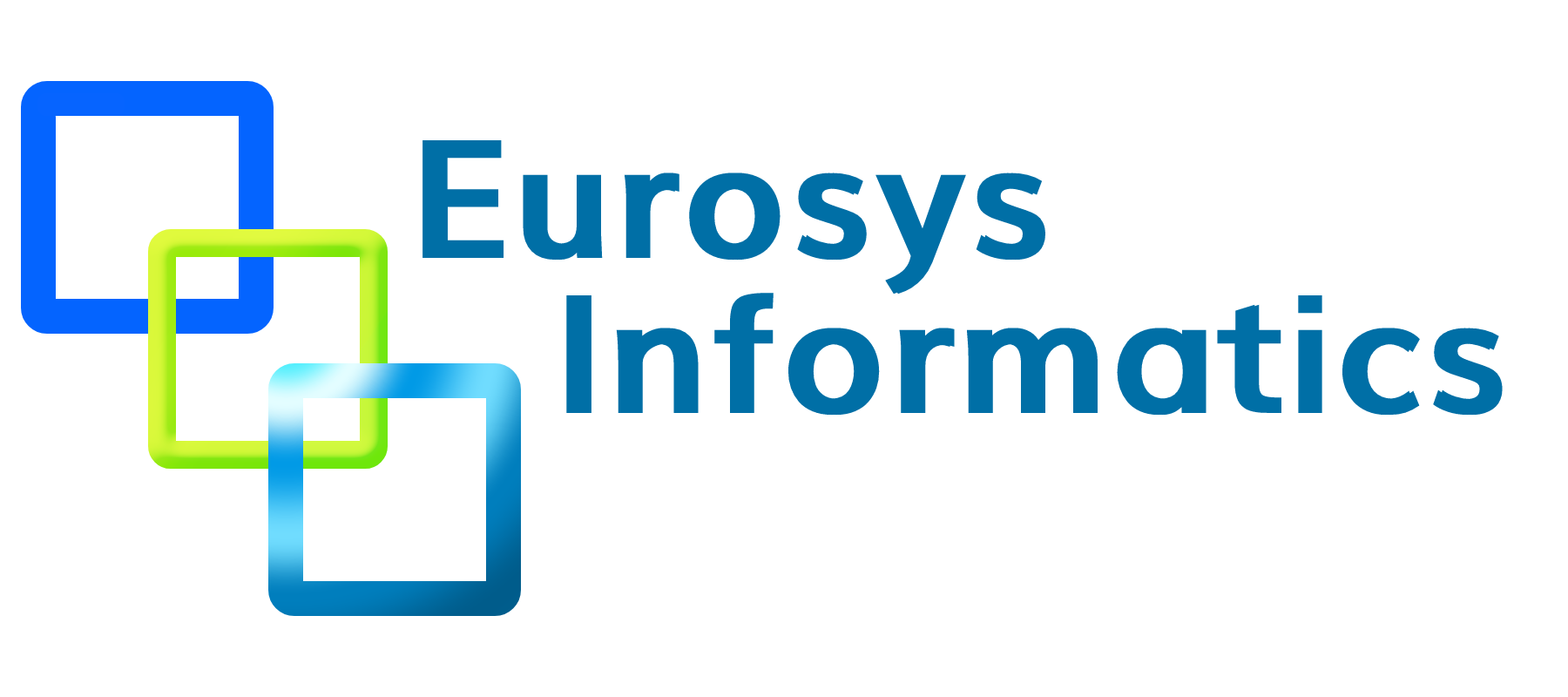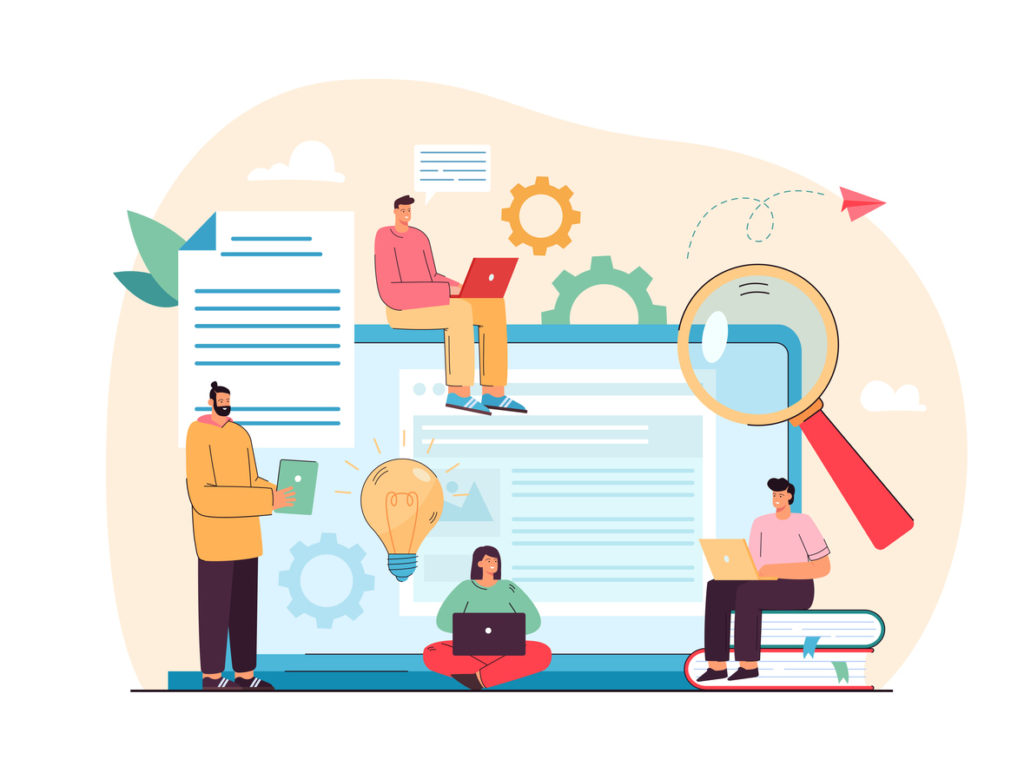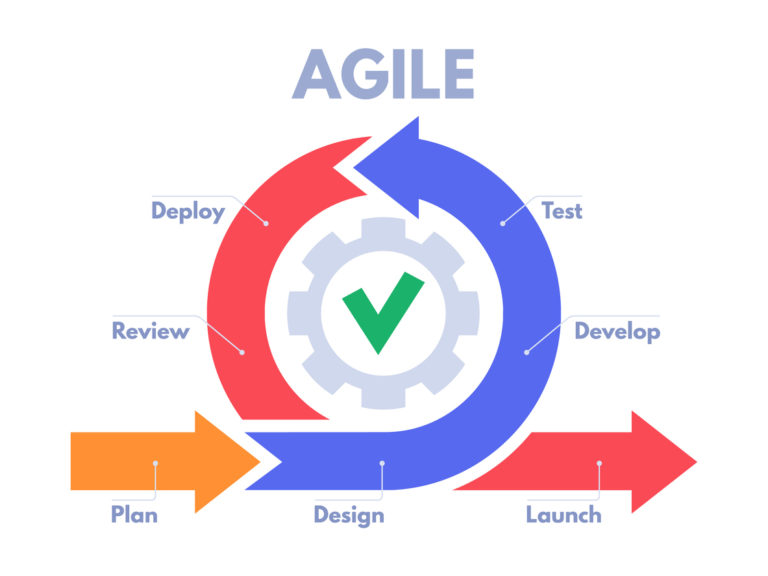Our software development highlights
Using Agile methodologies
Agile Methodology promotes continuous iteration of requirement gathering, development and testing throughout the software development lifecycle of the project. Agile completely removes the rigidity of Waterfall.
Skilled professionals
We rely on experience to deliver the best. Trying to acquire skilled professionals is itself a challenge. We want to go out of our comfort zone to make sure that a team has enough experienced people to make it work for our clients.
Quality Assurance
Quality assurance works hand in hand with our software Quality control. While QA makes sure thats quality level is achieved according to the requirement, QC takes the responsibility of fulfilling the requested Quality. We try to stay close to the requirements without compromising the standard.
Project Management
Project management ensures clear communication in order to align with the requirements from clients at best. Project management coordinates work processes during implementation and coordinates between the stakeholders to smoothen the entire development and delivery process.
Timely Delivery
Defining and prioritizing the tasks is essential for timely delivery. We follow scrum to make a close estimation, which leaves enough air to ensure quality. Moreover, keeping the delivery cycles short, secures a quick feedback from the client, in order to cross check the positioning of requirements.
Customer support
We believe that customer support is essential to client's satisfaction. We aim to provide support and assistance in order to prioritize, manage, respond, resolve and to revise customer requirements and requests.





















